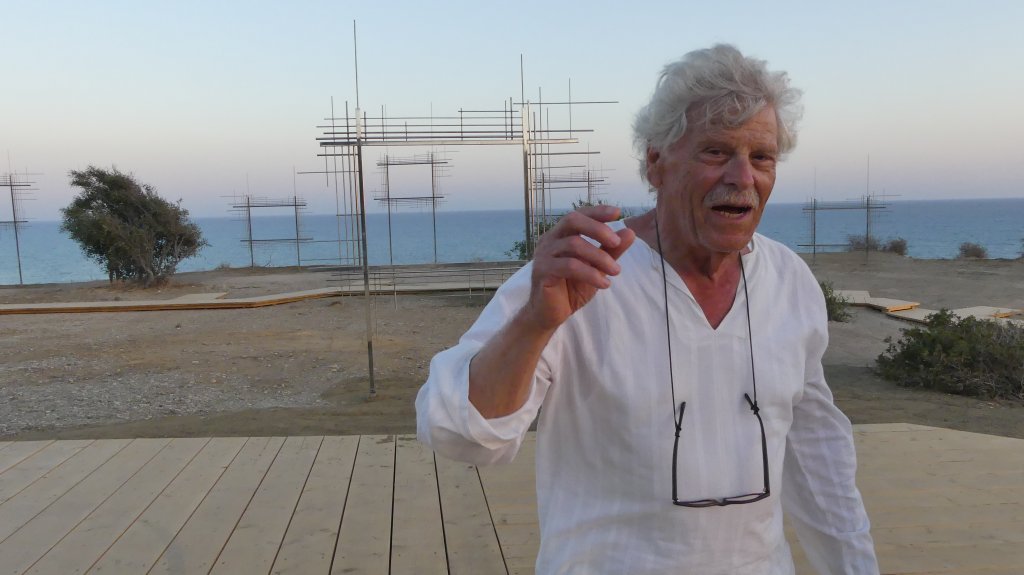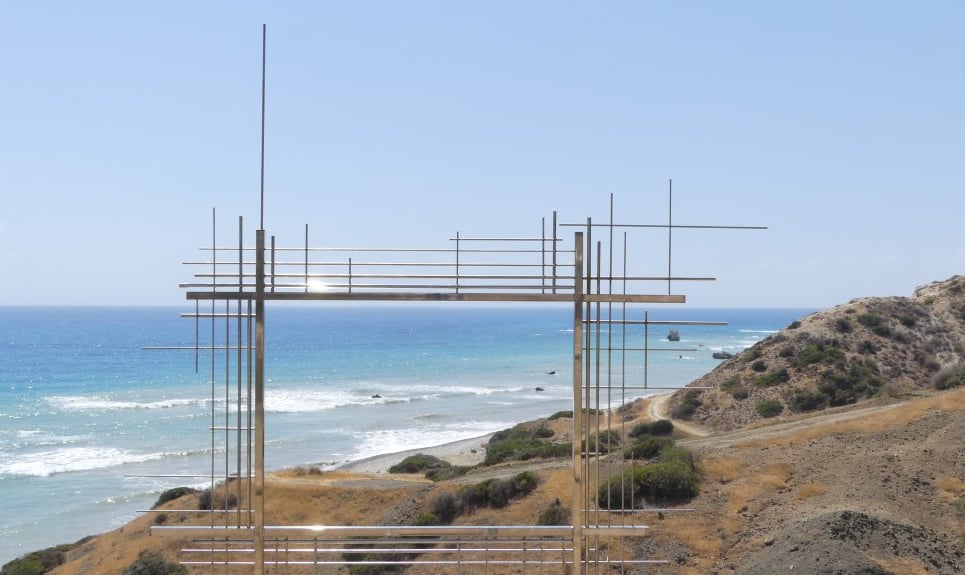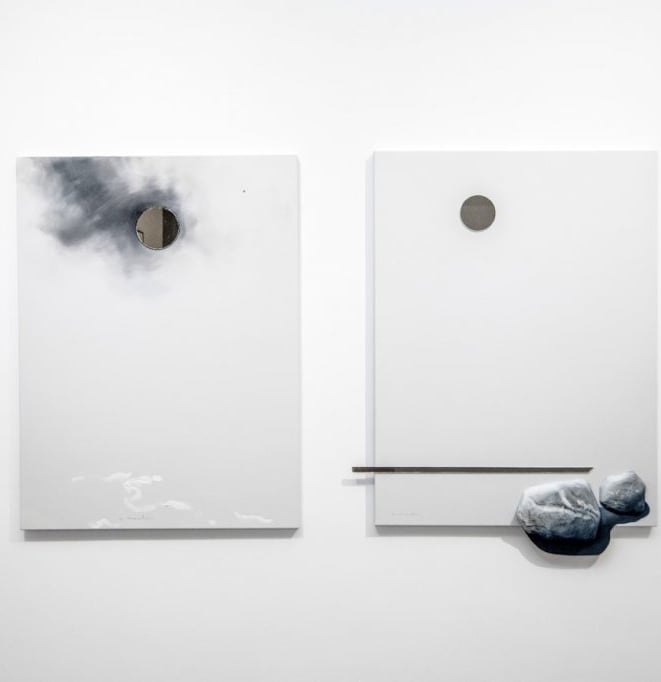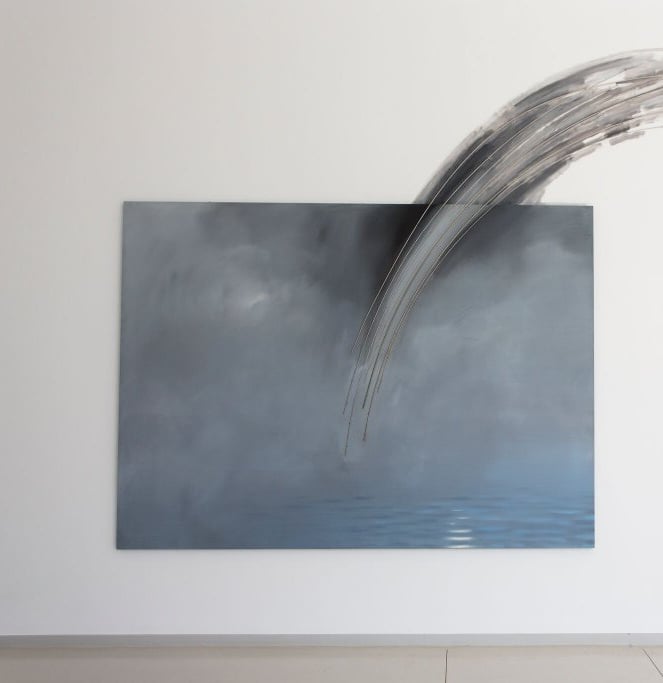

Costas Tsoclis
Costas Tsoclis was born in Athens in 1930. He lived in the Greek capital during the Second World War and the subsequent German occupation and Greek Civil War. Despite these turbulent times, he nurtured his creative instincts from a young age, pursuing his artistic curiosity by working as an assistant in Stephanos Almaliotis's workshop from the age of twelve. There, he learned the intricacies of various artistic techniques. He also had the great fortune to assist Vangelis Faenos in creating monumental film posters and set designs. This exposure to different art forms proved invaluable. In 1948, aged 18, he enrolled at the Athens School of Fine Arts to study under the renowned Yannis Moralis until 1954. This foundational period was crucial in shaping his artistic vision and approach. Three years later, he obtained a prestigious Greek state scholarship, enabling him to travel to Rome — a city steeped in art and history — to study fresco and encaustic art at the Scuola delle Arti Ornamentali. There, he immersed himself in the rich artistic traditions for which Italy is renowned. Alongside fellow artists Vlassis Caniaris, Nikos Kessanlis, Dimitris Condos and Yiannis Gaitis, he played a pivotal role in establishing the Gruppo Sigma — a collective dedicated to promoting contemporary Greek art. Based in Rome, the group's main purpose was to provide support for expatriate Greek artists, giving them a platform on which to continue their work in a foreign land. During this enriching period, under the significant influence of local artists such as Afro Basaldella and Alberto Burri, Tsoclis developed an initial vernacular characterised by gestural abstraction realised through the use of industrial and/or low-cost materials such as cement, charcoal, and hay. These materials were more than just mediums; they were part of his artistic language and aimed to highlight the inherent plasticity and texture of his art.
In 1960, Tsoclis left Rome for another European capital: Paris. The vibrancy and cultural sophistication of the city, where he lived intermittently for over twenty years, significantly impacted his artistic style, providing new inspiration and possibilities. In 1966, he began incorporating trompe l'oeil elements into his work, marking a transformative phase in his artistic journey. In 1971, he relocated to Berlin on a DAAD scholarship, living, working and exhibiting there for 18 months — a testament to his dedication to his art. Throughout the 1970s, he celebrated found everyday objects such as crumpled paper, while progressively introducing new subjects such as trees and seascapes in 1978. In these works, depicted elements coexisted with physical elements affixed to the canvas, showcasing his pioneering approach to mixed media.
Tsoclis travelled between Athens and Paris from 1973, eventually returning to Greece definitively in 1985 and he began experimenting with video art, which was a relatively new medium at the time. Back in his native country, he devoted his energies to enhancing his local reputation and visibility, sometimes at the expense of his international recognition. Despite exploring some sombre themes and dark tones in his art, the artist's perspective is one of elevation and hope. His paintings transform the real into the imaginary and the invisible into the visible, challenging visual restrictions with vivid, thought-provoking imagery. In 1985, his technique of 'living painting' gave way to a whole movement, expanding the limits of painting beyond the borders of the canvas and inviting viewers to reconsider the nature of the medium itself.
Costas Tsoclis has exhibited his work in numerous solo and group exhibitions internationally, leaving a significant footprint in the art world. Notable events include the Paris Biennale of Young Artists (1965), the São Paulo Biennale (1965), the Venice Biennale (1986) and the Costas Tsoclis Retrospective at the National Museum of Contemporary Art in Athens (2001), where his work was celebrated. A milestone in his legacy was marked in 2011 with the establishment of the Costas Tsoclis Museum on Tinos. Located in the picturesque Kampos region, the museum is dedicated to preserving and showcasing his remarkable body of work for future generations.






